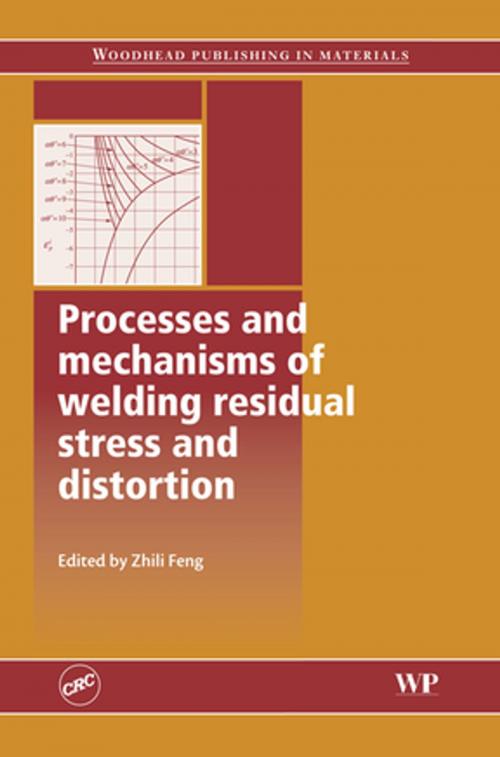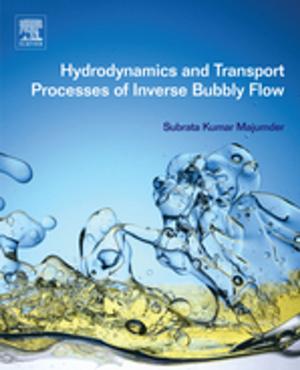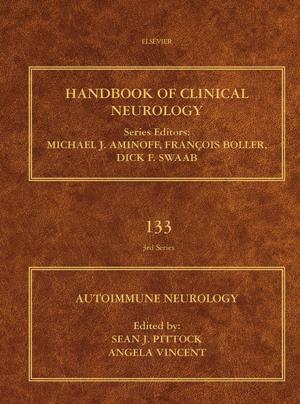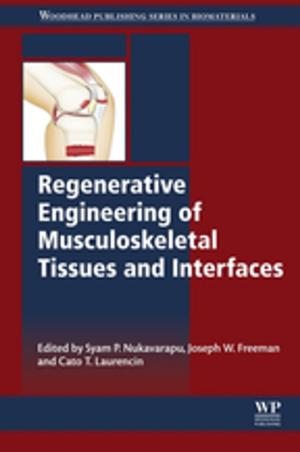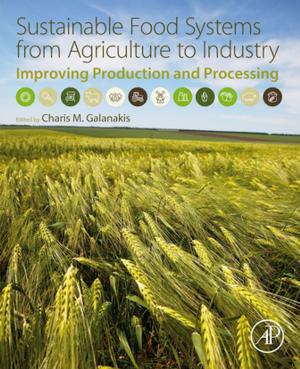Processes and Mechanisms of Welding Residual Stress and Distortion
Nonfiction, Science & Nature, Technology, Metallurgy, Material Science| Author: | ISBN: | 9781845690939 | |
| Publisher: | Elsevier Science | Publication: | October 10, 2005 |
| Imprint: | Woodhead Publishing | Language: | English |
| Author: | |
| ISBN: | 9781845690939 |
| Publisher: | Elsevier Science |
| Publication: | October 10, 2005 |
| Imprint: | Woodhead Publishing |
| Language: | English |
Measurement techniques for characterisation of residual stress and distortion have improved significantly. More importantly the development and application of computational welding mechanics have been phenomenal. Through the collaboration of experts, this book provides a comprehensive treatment of the subject. It develops sufficient theoretical treatments on heat transfer, solid mechanics and materials behaviour that are essential for understanding and determining welding residual stress and distortion. It will outline the approach for computational analysis that engineers with sufficient background can follow and apply. The book is useful for advanced analysis of the subject and provide examples and practical solutions for welding engineers.
- A comprehensive summary of developments in this subject
- Includes case studies and practical solutions
- Compiled by a worldwide panel of experts
Measurement techniques for characterisation of residual stress and distortion have improved significantly. More importantly the development and application of computational welding mechanics have been phenomenal. Through the collaboration of experts, this book provides a comprehensive treatment of the subject. It develops sufficient theoretical treatments on heat transfer, solid mechanics and materials behaviour that are essential for understanding and determining welding residual stress and distortion. It will outline the approach for computational analysis that engineers with sufficient background can follow and apply. The book is useful for advanced analysis of the subject and provide examples and practical solutions for welding engineers.
- A comprehensive summary of developments in this subject
- Includes case studies and practical solutions
- Compiled by a worldwide panel of experts
